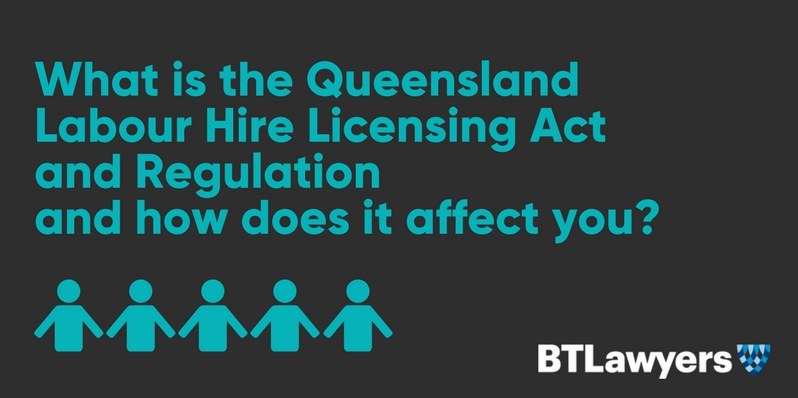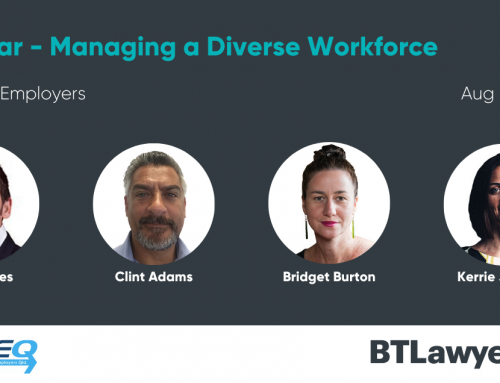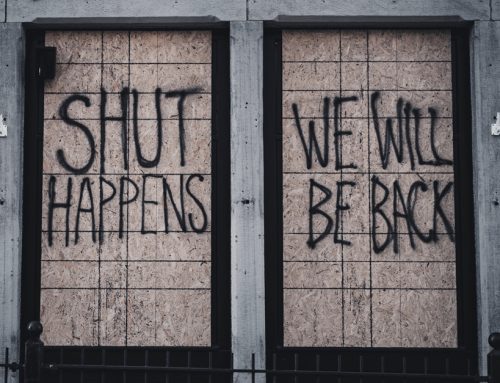The Labour Hire Licensing Act 2017 (“the Act”) was passed late in 2017. The expressed purpose of the Act is to promote integrity in the labour hire industry and prevent exploitation of labour hire workers. However, when the Act was introduced, it raised further questions as to its scope and who would and wouldn’t be covered by the scheme.
The effect of the Act is that for a person or organisation to provide labour hire services in Queensland, they will need a licence to do so. This licence will need to be renewed annually. It broadly defined what labour hire services are and who will be considered to be a worker.
The Labour Hire Licensing Regulations 2018 (“the Regulations”) were released on 6 April 2018. They clarify the scope of the Act and the scope of the scheme. Thanks to the publishing of the Regulations, there is now a clearer picture of who is and who isn’t covered by the scheme.
Who does the Act apply to?
The definition of labour hire services in the Act is broad. The Act defines labour hire services as:
A person (a provider) provides labour hire services if, in the course of carrying on a business, the person supplies, to another person, a worker to do work.
Examples of providers –
- a contractor who supplies workers to a farmer or fruit grower to pick produce for the farmer or grower;
- a group training organisation or principal employer organisation under the Further Education and Training Act 2014 that supplies an apprentice or trainee to an employer;
- an employment agency who on-hires temporary administration staff to a business
The definition of a worker is:
An individual is a worker for a provider if the individual enters into an arrangement with the provider under which—
(a) the provider may supply, to another person, the individual to do work; and
(b) the provider is obliged to pay the worker, in whole or part, for the work.
What do the Regulations do?
The Regulations now give further clarity as to who a ‘worker’ is and the following categories are excluded from the Act:
(1) High income earners – individuals earning an income equal to or more than the threshold prescribed by section 333 of the Fair Work Act 2003;
(2) Secondments and similar temporary arrangements;
(3) Internal labour hire arrangements.
This means that organisations or persons which only engage workers who fall in these categories will not be considered a labour hire provider. They will not need to obtain a licence.
The licence structure has been confirmed by the Regulations to consist of three tiers. The wages paid by the business will determine its tier classification.
What should you do?
The Act commences on 16 April 2018. Organisations and individuals have 60 days (Friday, 15 June 2018) to lodge the application for licence to conduct labour hire services in Queensland. The Act provides for significant penalties for breaches of the Act.
If you need advice on how the Act affects you or help to ensure your business complies, please contact BTLawyers on 07 3211 2233 or send us an enquiry using the form below.






